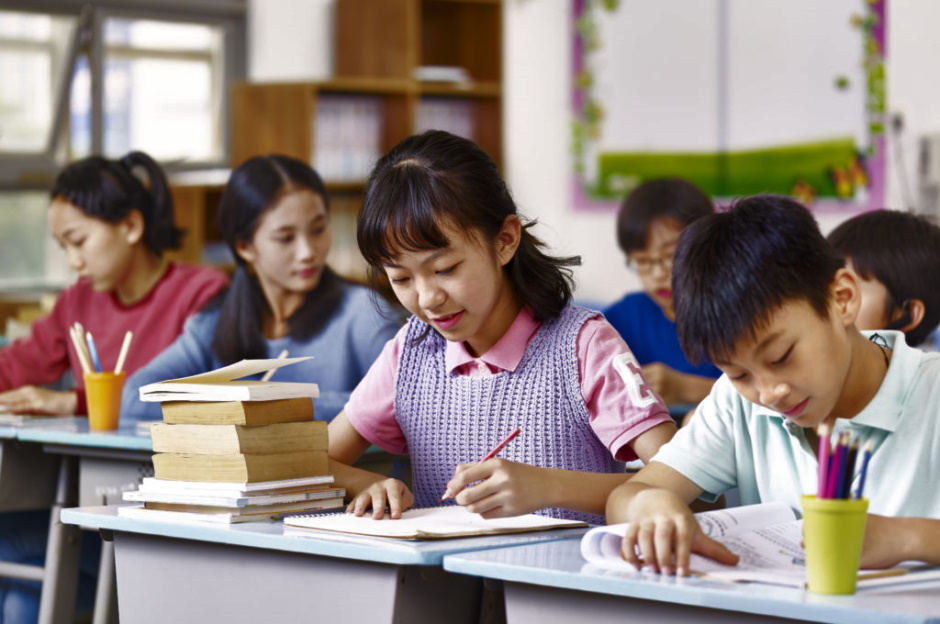The objectives of the educational systems in America and China are distinct. Many parents and educators believe that Chinese education is crucial for building a solid foundation, while American education is beneficial for encouraging the creativity of the students. Let us see the difference between these two education styles on the topic of “Exploring the Key Differences between American and Chinese Education Systems”:
Teaching Style
Resources are frequently distributed unevenly in China because of the vast differences in economic development between urban and rural areas and across provinces. While some teachers only have access to blackboards, others have technology that enables them to project their courses.
Projecting class notes as PowerPoint (PPT) or Google Slides presentations is the norm in the majority of American institutions. Class notes can be posted in a course management or learning management system like Google Classroom, Moodle, Blackboard, etc., thanks to digital presentations. Outside of the classroom, students can more easily study their notes and other material.

Testing
The contrasting the Chinese education system versus the U.S. education system is that the main focus of high school students in China is typically on exam performance. In Chinese schools, grades are very important. Teachers can only assess their pupils based on the results of their final exams.
This is very different from US schools, where in addition to tests, participation in class and completion of assignments like papers and homework also affect grades. In American classrooms, a student’s final grade is calculated using the average of their grades on all of their assignments throughout the semester and their final exam scores (Grade Point Average). In order to improve their overall class grade, some teachers may even offer their students the chance to gain additional credit.

One-On-One Attention
In America, students are encouraged to discuss and read the news in class. In US classrooms, both light-hearted and serious, entertaining topics are good conversation points.
Yet, teachers in Chinese high schools are hesitant to bring up lighthearted subjects in class because they fear some pupils may object that the lesson is unrelated to the textbook.
School Activities
There is little free time for kids in Chinese schools. To get ready for academic competitions and college entrance exams, they must put in a lot of effort.
Nonetheless, campus activities are abundant in American schools, including athletics like basketball, rugby, volleyball, cheerleading, etc., as well as groups for different cultures, cuisines, student publications, debate, and performing arts.
Hence, these are the differences between American and Chinese education systems. Although both Chinese and American parents desire the best for their kids, they frequently have differing perspectives on education. Chinese parents believe that education and grades will have the most impact on their children’s future success, in contrast to American parents who perceive school as only a small part of their children’s lives and focus more on their children’s hobbies and comprehension of the works.
